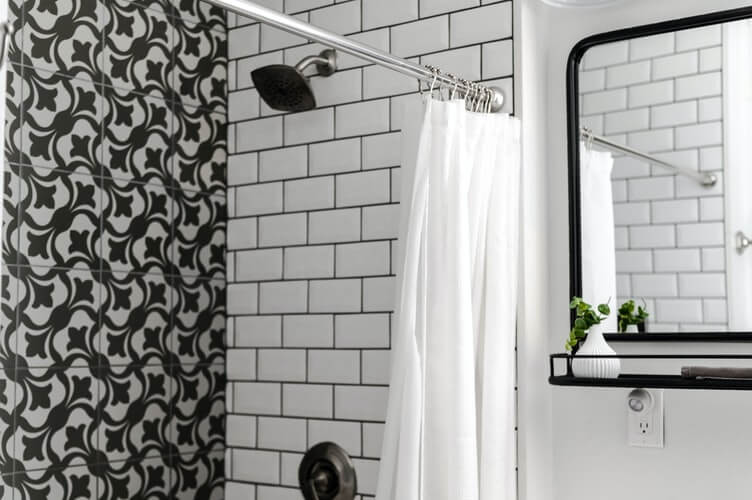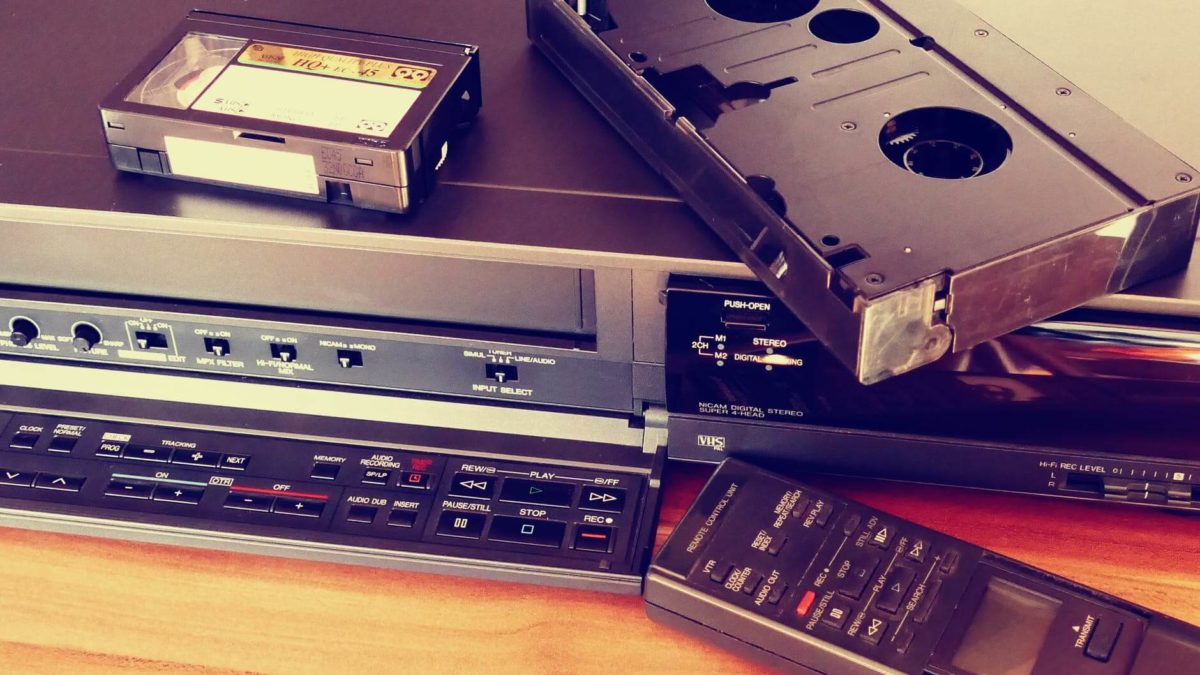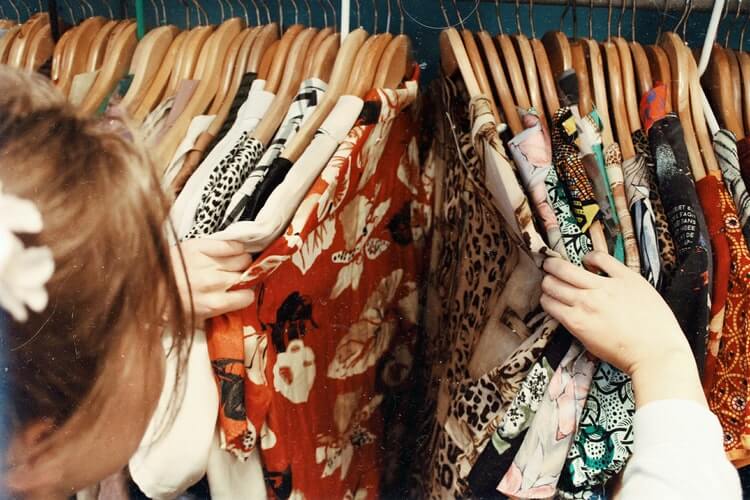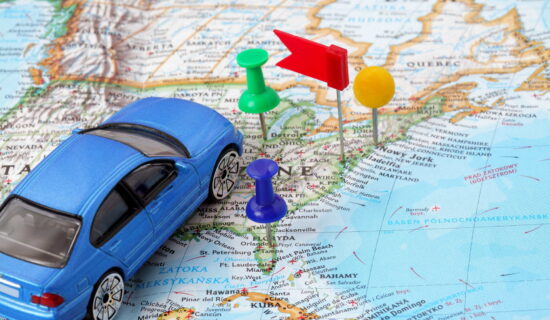Attic, Basement, Garage – Start With Storage Spaces
One of the general packing tips for relocation is to begin with spaces you put stuff not needed very often. The same goes for decluttering – storage spaces are probably the most complicated home areas, so they require a lot of time and patience. The good thing is that, when you finish decluttering, all your belongings will be sorted and prepared for packing.
It would be best to start with old appliances and other outdated items stored in those spaces and think about how to get rid of furniture when moving. You were probably hoping that you are going to repair them someday soon and put them to good use again, but deep down, you know that it’s never going to happen. Make it easy on yourself and part from them for good.
One of the common relocation mistakes is not thinking about the nature of your new home and city. For example, when you are relocating to an apartment without a garden, your gardening tools and lawnmower will not be used in your new home; ergo, you shouldn’t take them with you. If you are relocating from the East to West Coast, you must decide what you’ll do with a snowblower and winter shovels. Take everything you know about your new home into consideration.












